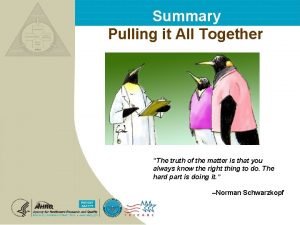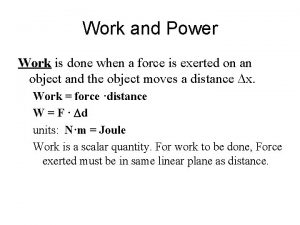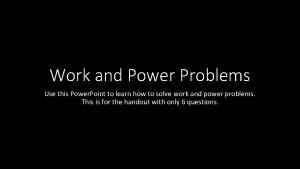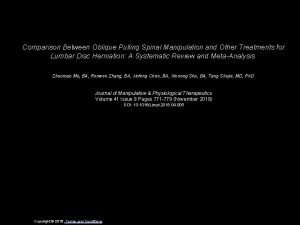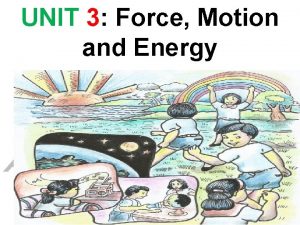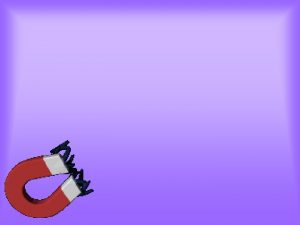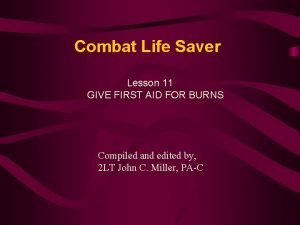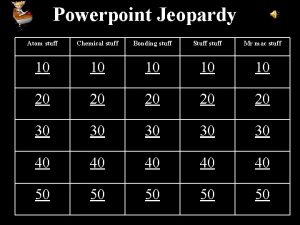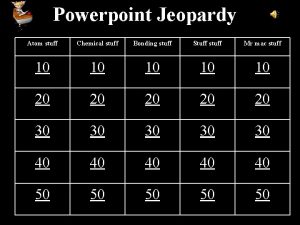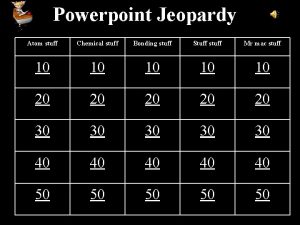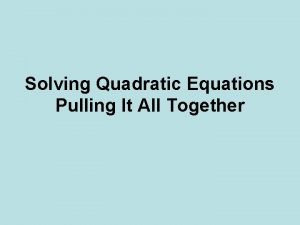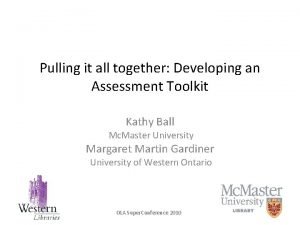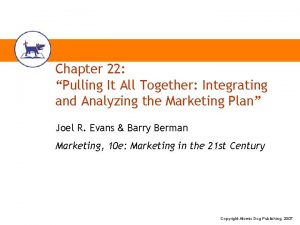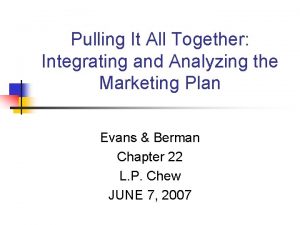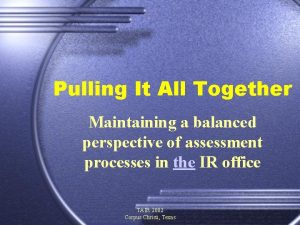Pulling It All Together Really Old Stuff Around
















- Slides: 16

Pulling It All Together Really Old Stuff: Around 600 to Around 1450

Interaction! • This period had tremendous growth in long distance trade: the caravans of the various Silk Routes, the multi-ethnic Indian Ocean sailors, the trips across the Sahara to West Africa, and continued trade in the Mediterranean. • This 850 years were also defined by decentralization in Western Europe, and expansion on the trading empires of the Middle East and China.

Trade Networks and Cultural diffusion • From 600 to 1450, trade exploded onto the world scene- so much that the world after 1450 is inseparable from global interaction.

Global Trade Routes • The Mediterranean Trade between western Europe, the Byzantine Empire, and the Islamic Empire • The Hanseatic League • The Silk Road • The land routes of the Mongols • Trade between China and Japan • Trade between India and Persia • The Trans-Saharan trade routes between west Africa and the Islamic Empires

Trade • Trade was aided by better boats and better roads but also by monetary systems, lines of credit, and accounting methods that helped businesses boom. Record keeping and money management is key. If you are able to keep records or borrow money, you are establishing a business relationship that extends into the future.

What else was spread along the routes? • religions and languages • literature and art • Bubonic Plague- started in Asia around the 14 century and was carried by merchants along the trade routes all the way to Europe

Indian Ocean Trade • The Persians and the Arabs dominated the Indian Ocean Trade. Their trade routes connected ports in west India to ports in the Persian Gulf, which in turn were connected to ports in eastern Africa.

Indian Ocean Trade • Indian Ocean has larger waves and the boats were more resilient than the ones used in the Mediterranean Sea. The traders learned how to understand the monsoon seasons and the direction of winds, and scheduled their voyages accordingly. Sailors often married women at the ends of their trade routes, cultures started to intermix rapidly. Many sailors took foreign wives home and created bilingual and bicultural families.

The Silk Road • No, lions, tigers and bears but it did have Buddhism, paper, and porcelain. It also carried military technologies, Christianity, Islam, and food. • Because it extended so far and was used for so long, it is safe to say that East met West on the Silk Road. Oh yeah, silk was traded on the road.

Hanseatic League • This was a collection of city-states in the Baltic and North Sea regions of Europe that banded together in 1241 to establish common trading practices, fight off pirates (grrrrrr), and foreign governments, and essentially established a trade monopoly from the region to much of the rest of the world. It worked for a few hundred years. More than 100 cities joined. This was big because….

Hanseatic League • established a middle class in Northern Europe • set a precedent for larger European trading operations that profoundly affected the Dutch and English which would deeply affect the world in later centuries (we will see this later in colonialism. )

Expansion of Religion and Empire: Cultural Clash • The Mongol expansion into Russia, Persia, India, and China • The Germanic tribes into southern Europe • The Vikings’ expansion from Scandinavia into England western Europe • The Magyars’ push from eastern Europe to western Europe

• The Islamic Empire’s push into Spain, India, and Africa • The Crusades • Buddhist missionaries to Japan • Orthodox Christian missionaries into eastern Europe

• • • Islamic World China paper mills (from China) gunpowder/cannons universities movable type astrolabe & sextant paper currency Algebra (from Greece) porcelain chess (from India) terrace farming modern soap formula water powered mills guns & cannons (from China) cotton sails mechanical pendulum clock water clock distilled alcohol magnetic compass surgical instruments (syringe) state-run factories

Women’s Status in Ancient Societies Europe Strict and patriarchal social divisions Islam India Equality in religion, Strict patriarchal caste but separate in mosque system China Strict Confucian social order and guidelines for virtuous behavior Could inherit land Received half take oaths of inheritance of male vassalage, but property children belonged to husband Child marriages Access to dowries and owned business Could bring court case, Testimony had less but not participate in weight than male decision Practice of sati for widows Widow to remain w/ son, no property if remarried Family textile labor Silk weaving as female occupation Division of labor; women in textiles

Women’s Status in Ancient Societies Europe Islam India China Concubines and seclusion in harems Marriage limited to caste members Concubines and seclusion in harems Women’s Status in Ancient Societies Christian monogamy Europe Islam Education limited to Literate society Education limited India upper class males China Did not Strict recognizeand patriarchal All children are social seen divisions illegitimate children Literate society, but state education limited to men as legitimate Equality in religion, but separate in mosque Veiling of upper class Veiling in public Purdah: veiling or Foot-binding (ouch!) Christian monogamy seclusion Concubines and seclusion in harems Marriage limited to caste members Concubines and seclusion in harems
 Pulling it all together
Pulling it all together Fulghum all i really need to know
Fulghum all i really need to know What goes around comes around example
What goes around comes around example Martin luther king of hinduism
Martin luther king of hinduism Marco koper
Marco koper Name three lines
Name three lines During the powerhouse lab jerome
During the powerhouse lab jerome Work and power problems
Work and power problems The forces shown above are
The forces shown above are Oblique pulling spinal manipulation
Oblique pulling spinal manipulation The act of pushing and pulling of a magnet is called
The act of pushing and pulling of a magnet is called Transitional movement assessment
Transitional movement assessment Magnets have invisible
Magnets have invisible Pulling down the wall of jericho
Pulling down the wall of jericho Standard heat exchanger
Standard heat exchanger Lesson 11 wire-pulling techniques
Lesson 11 wire-pulling techniques Chapter 6 motion in two dimensions
Chapter 6 motion in two dimensions
